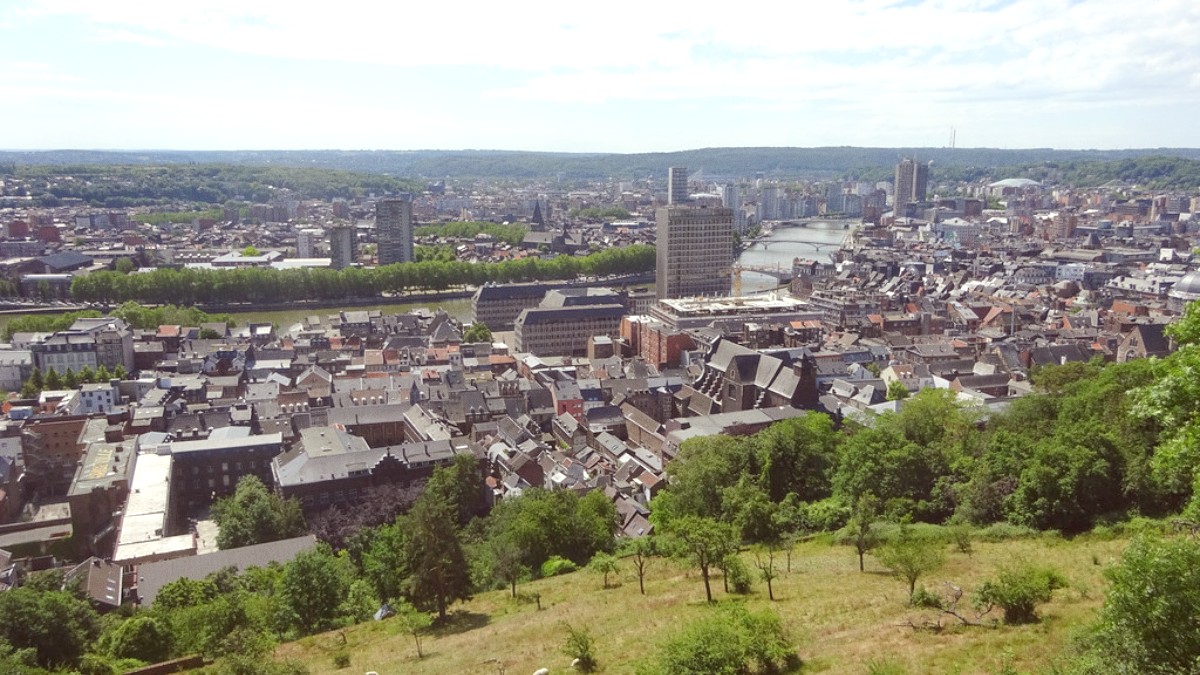
Wallonia, Belgium
Spring (March-May): Temperatures range from 5°C to 15°C (41°F to 59°F). Precipitation is moderate, and days gradually lengthen. April can be unpredictable, offering sunshine one moment and showers the next. May often brings more stable, pleasant weather, with blooming flowers adding beauty to parks and gardens.
Summer (June-August): Liège enjoys its warmest period, with average temperatures between 12°C and 23°C (54°F to 73°F). This is generally the driest season, though rain can occur at any time. Long daylight hours make for extended sightseeing opportunities. July and August are typically the warmest months.
Rainfall distribution throughout the year means you should always carry some form of rain protection. Winters can bring icy conditions, especially on the city's hilly streets and staircases like the Montagne de Bueren.
Summer thunderstorms, while infrequent, can be intense but usually pass quickly. Always check the local weather forecast daily to plan your activities.
June to August
Warmest and most pleasant weather. Long daylight hours for exploration. Numerous outdoor events, concerts, and festivals. All attractions operate at full hours.
Higher prices for flights and accommodation. More crowds at popular sites and in the city center. Advance booking for accommodation is common.
April-May & September-October
Pleasant temperatures without the summer heat. Fewer crowds at attractions. Lower prices for accommodation and flights. Spring offers blooming flowers; autumn brings striking foliage. Good for sightseeing and walking.
Weather can be unpredictable, with a higher chance of rain. Some outdoor activities might be weather-dependent, and attraction hours may shorten in late October.
November to March
Significantly lower prices for travel and accommodation. Very few crowds, allowing for a more intimate experience. A festive atmosphere during the Liège Christmas Village in December. Indoor attractions offer cozy refuge.
Cold weather, shorter daylight hours. Higher chance of rain or snow. Some outdoor activities may be limited or unavailable. Certain smaller attractions might have reduced opening hours or be closed.
Late spring (May) and early autumn (September) offer comfortable temperatures, fewer crowds, and beautiful natural backdrops. This period is also good for cycling along the Meuse or exploring nearby countryside.
River cruises on the Meuse are best enjoyed in spring and summer, when the weather is warm and pleasant. Late spring to early autumn has the most favorable conditions for cycling the RAVEL network and other routes. Waterproof cycling gear is a good choice for any season.
December for the magical Liège Christmas Village.
Check local tourism office for seasonal events and festivities.
Any season is suitable, notably winter for indoor comfort.
Enjoy Liège's culinary delights year-round.
Golden hour in spring/autumn, festive lights in winter.
Belgium is part of the Schengen Area, a group of 27 European countries that abolished passport and other types of border control at their common borders. This membership simplifies travel for many visitors but also comes with specific entry rules.
Non-EU/EEA/Swiss citizens typically require a Schengen visa for stays up to 90 days within any 180-day period. This visa covers tourism, business trips, and family visits.
Regardless of visa requirements, all travelers need specific documents to enter Belgium:
No special permits are generally needed for tourism activities within Liège or most of Belgium. Visitors can freely explore the city's attractions, museums, and public spaces.